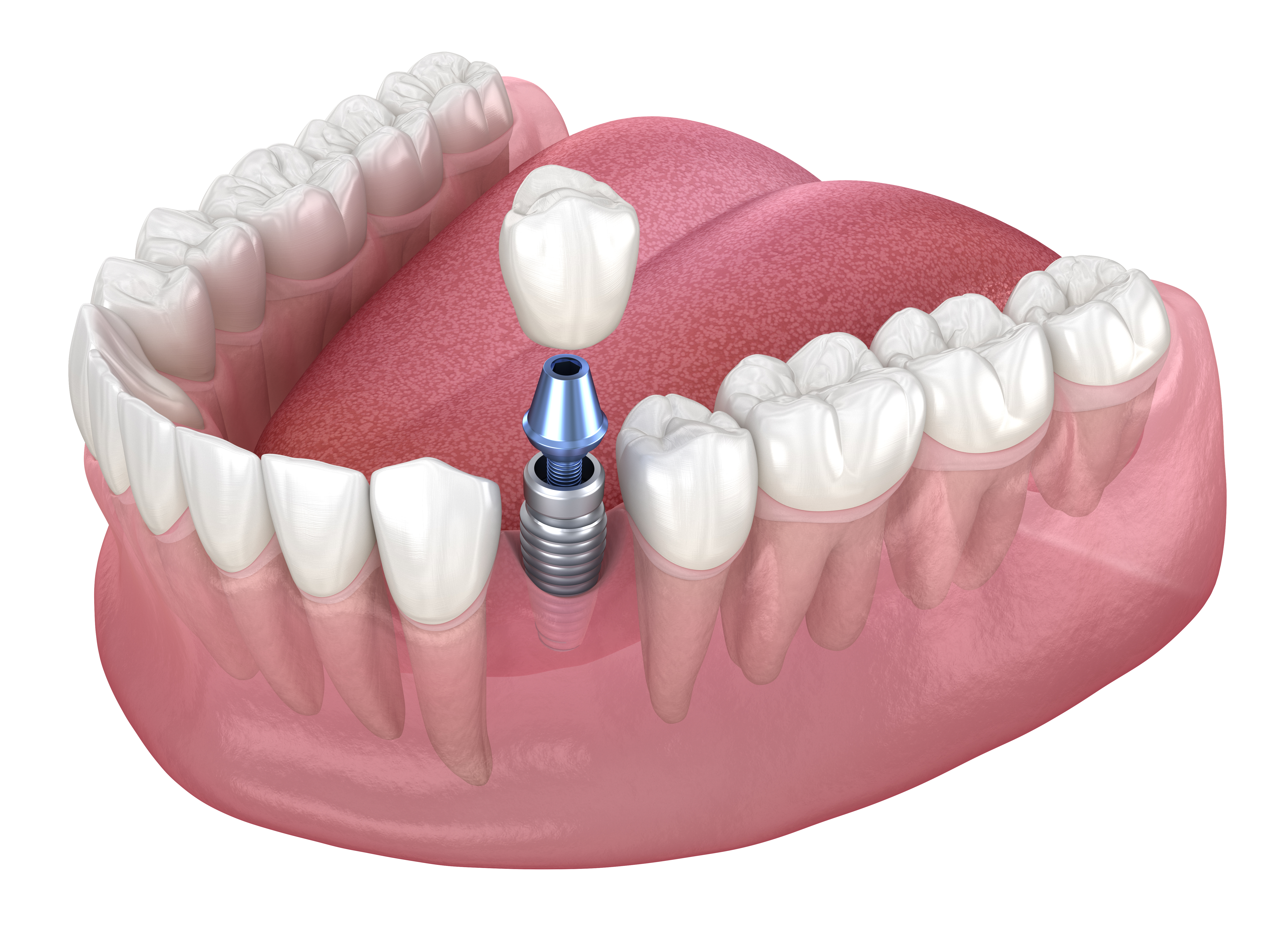Considering Dental Implants? What You Should Know
Dental implants have revolutionized tooth replacement, offering a permanent solution for individuals experiencing tooth loss or damage. These advanced dental prosthetics provide a natural-looking and functional alternative to traditional dentures or bridges, helping patients restore both their smile and confidence.

Dental implants have become a cornerstone of modern dentistry, providing patients with a reliable solution for replacing missing teeth. Unlike removable dentures or bridges, implants offer a permanent foundation that looks, feels, and functions like natural teeth. With technological advancements in dentistry, new options like screwless dental implants are gaining popularity. This comprehensive guide explores what you should know before considering dental implants, with special attention to traditional and screwless varieties.
What Are Screwless Dental Implants?
Screwless dental implants represent an innovative approach to tooth replacement that differs significantly from traditional implant systems. Unlike conventional implants that rely on screws to secure the prosthetic tooth to the implant post, screwless systems use alternative attachment mechanisms. These typically involve friction-fit connections, where the crown or bridge is pressed onto the implant base and held securely without screws.
The design eliminates the need for screw access holes in the crown, which can compromise aesthetics and structural integrity. Instead, these implants utilize precision engineering to create seamless connections between components. Materials used often include titanium or zirconia bases with specialized connectors that provide stability while allowing for easier placement and removal when necessary for maintenance.
Why Are Screwless Implants Becoming a Popular Choice?
The rising popularity of screwless dental implants can be attributed to several factors that benefit both patients and practitioners. First and foremost, the aesthetic advantage is significant—without screw access holes, the final restorations appear more natural, especially in visible areas of the mouth. This makes them particularly appealing for front teeth replacements where appearance matters most.
Another driving factor is the simplified clinical procedure. Screwless systems often require fewer components and steps during placement and restoration, potentially reducing chair time and improving the overall patient experience. Additionally, many patients report less post-operative discomfort compared to traditional screw-retained implants.
Dentists increasingly recommend screwless options for specific cases because they can distribute forces more evenly across the restoration, potentially extending the lifespan of the implant. The absence of screws also eliminates concerns about screw loosening or fracture, which are occasional complications with conventional systems.
How Do Screwless Implants Work?
Screwless dental implants function through innovative connection mechanisms that secure the prosthetic tooth without traditional screws. The process typically begins with the surgical placement of a titanium post into the jawbone, similar to conventional implants. After the osseointegration period—when the implant fuses with the bone—the difference becomes apparent.
Instead of using abutment screws, screwless systems employ various connection types. Some use morse taper connections, where precisely angled components create a friction-fit when pressed together. Others utilize snap-on mechanisms or specialized locking systems that secure the restoration through mechanical retention.
The prosthetic tooth or crown attaches directly to the implant or an intermediate abutment using these connection systems. When maintenance is required, dentists can remove the restoration using specialized tools that release the connection without damaging the components. This design allows for easier access while maintaining structural integrity and eliminating the need to drill through the crown to access screws.
The Key Benefits of Screwless Dental Implants
Screwless dental implants offer numerous advantages that make them an attractive option for tooth replacement. Superior aesthetics stands out as a primary benefit—without visible screw access holes, these implants provide a more natural appearance that closely mimics real teeth. This is particularly valuable for front tooth replacements where cosmetic outcomes are crucial.
The simplified maintenance represents another significant advantage. When adjustments or repairs are needed, dentists can remove and replace components without drilling through the crown, preserving the restoration’s integrity. Many patients also report improved comfort due to the absence of screw components that might cause pressure or irritation.
From a biomechanical perspective, screwless designs often distribute occlusal forces more evenly throughout the implant system and surrounding bone. This can potentially reduce stress concentration points that might lead to complications over time. Additionally, the elimination of screws removes the risk of screw loosening or fracture—issues that occasionally plague traditional implant systems and require additional maintenance visits.
Comparing Screwless and Traditional Dental Implants
When deciding between screwless and traditional dental implants, understanding their differences is essential for making an informed choice. Both options have distinct characteristics that may make one more suitable than the other depending on individual needs and circumstances.
| Feature | Traditional Screw-Retained Implants | Screwless Dental Implants |
|---|---|---|
| Attachment Method | Uses screws to secure components | Uses friction-fit or locking mechanisms |
| Aesthetics | May have visible screw access holes | No visible access holes, better aesthetics |
| Retrievability | Easily retrievable for maintenance | Requires special tools for removal |
| Cost Range | £1,500-£3,000 per implant | £1,800-£3,500 per implant |
| Suitability | Better for posterior teeth | Ideal for anterior (front) teeth |
| Longevity | Well-documented long-term success | Promising but less long-term data |
Prices, rates, or cost estimates mentioned in this article are based on the latest available information but may change over time. Independent research is advised before making financial decisions.
Traditional screw-retained implants have a longer track record in dentistry with decades of clinical research supporting their effectiveness. They offer excellent retrievability, making them easier to remove or adjust if complications arise. However, they may compromise aesthetics due to screw access channels and can occasionally suffer from screw loosening.
Screwless implants excel in aesthetic outcomes and potentially offer better biomechanical properties by eliminating weak points associated with screw components. They may provide improved soft tissue response around the implant site due to their seamless design. However, they might be more challenging to remove if necessary and typically come with a higher initial cost.
Your dentist will consider factors such as the location of the missing tooth, your bone density, aesthetic requirements, and budget when recommending the most appropriate implant system for your specific needs.
This article is for informational purposes only and should not be considered medical advice. Please consult a qualified healthcare professional for personalized guidance and treatment.




